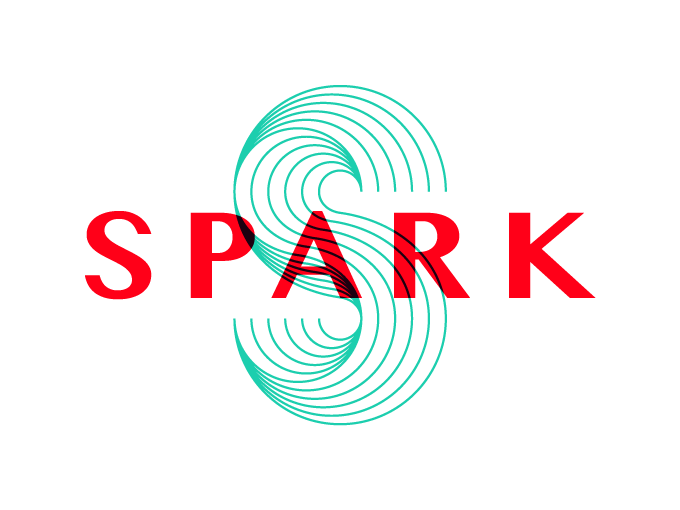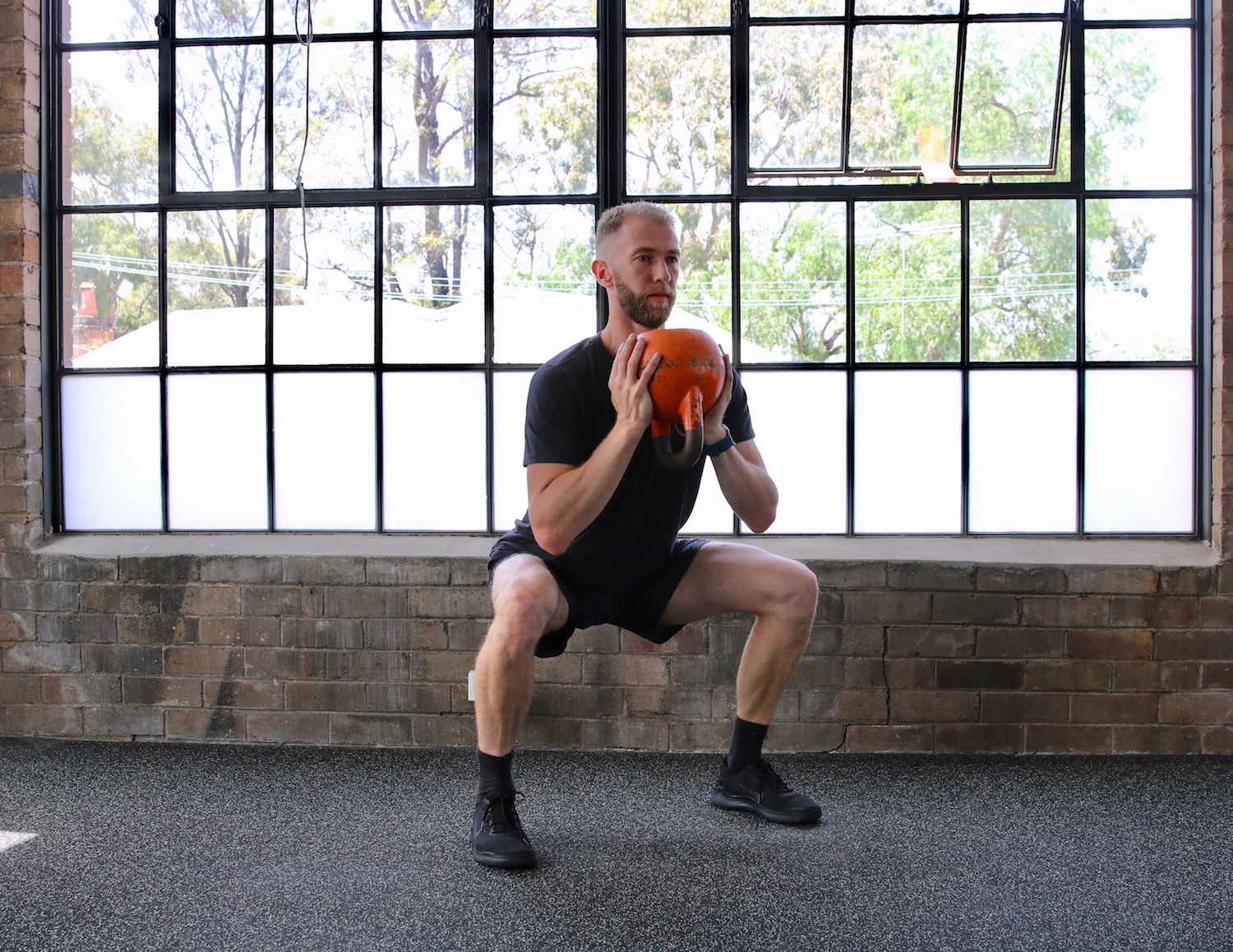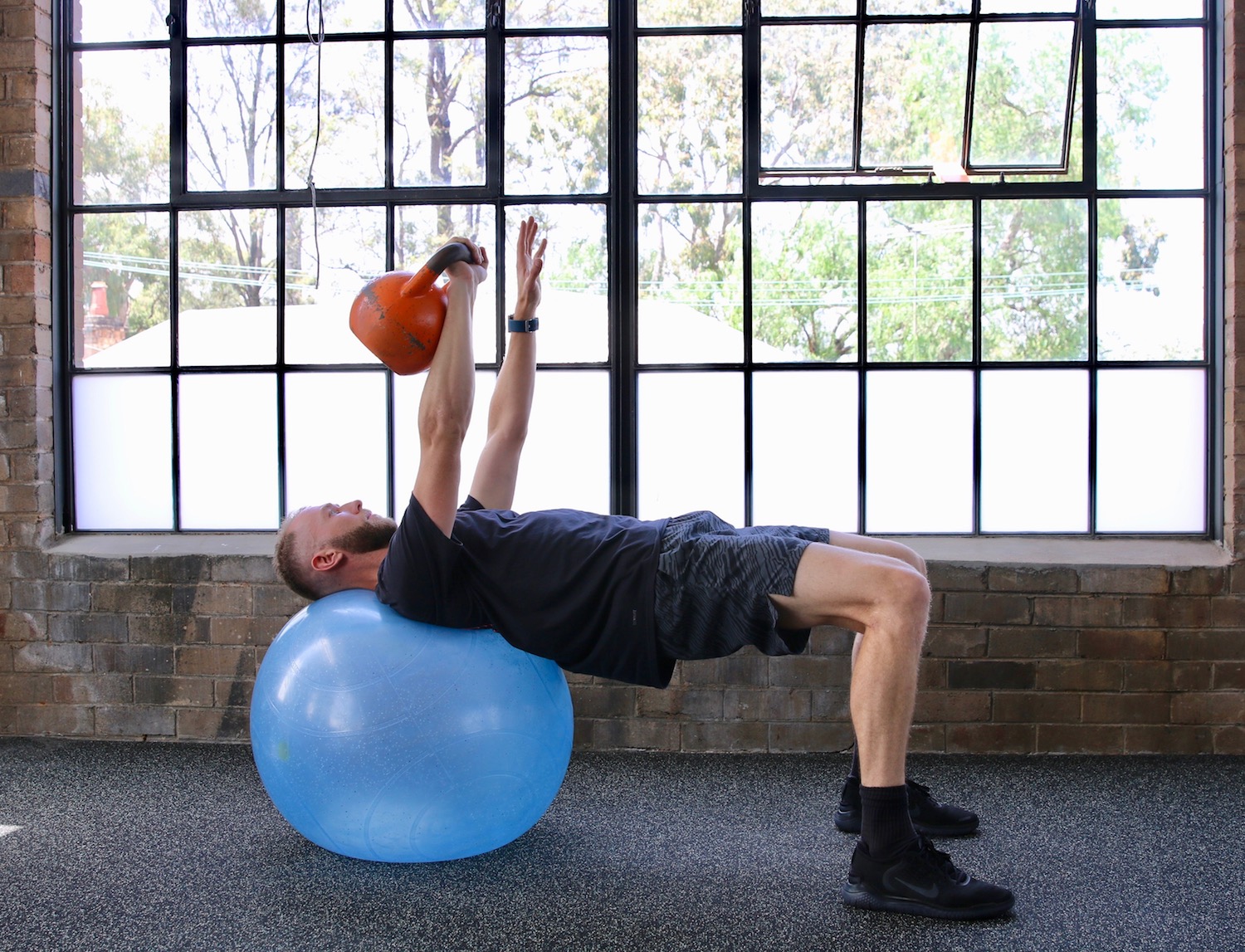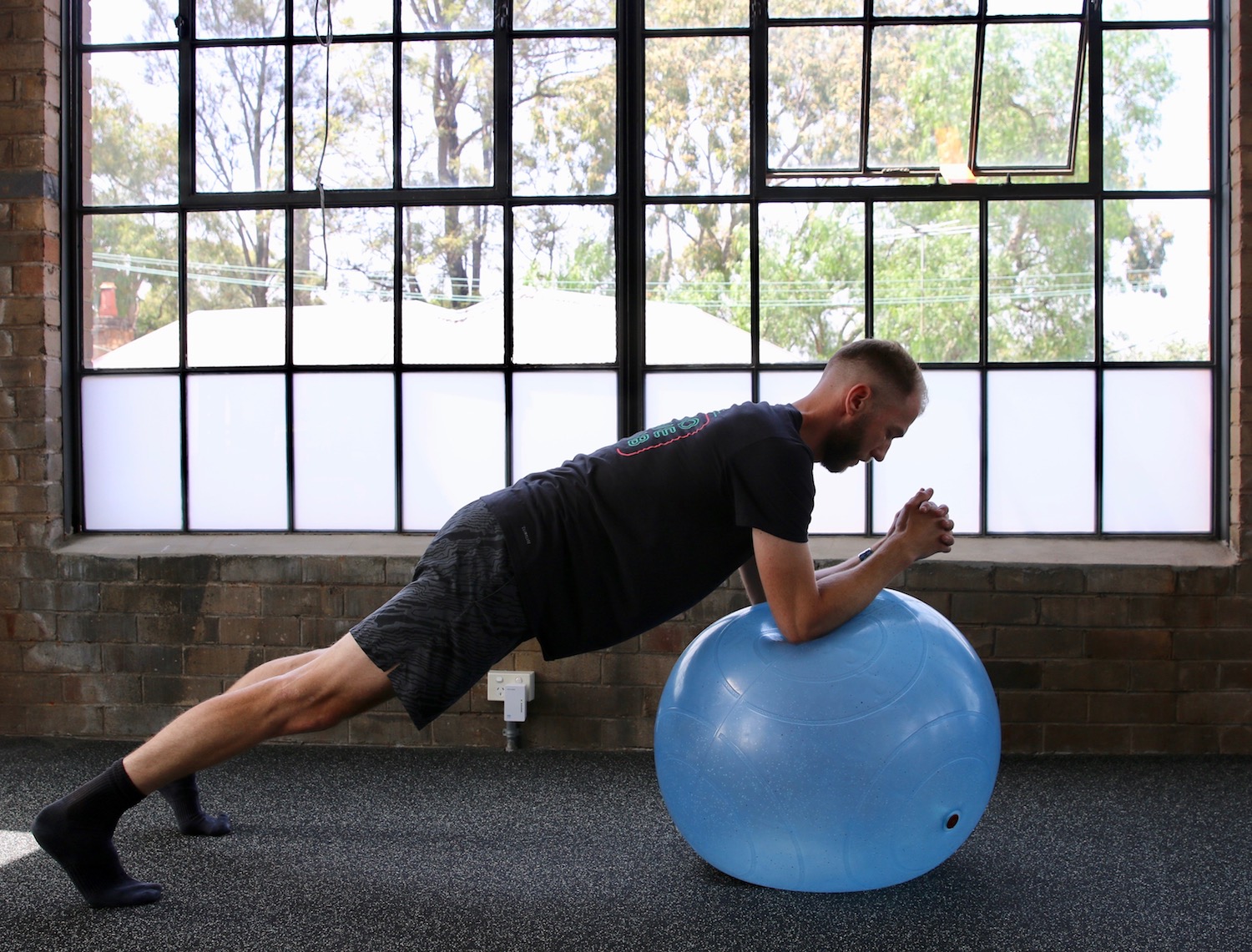Fundamentals for tennis fitness training - strength and core
“Having the physical edge will increase endurance and promote consistency” Nathan Martin
Lots of players have killer groundstrokes, awesome volleys, and a wicked serve, but over all it’s consistency that gives the edge.
We spend countless hours hitting balls on a tennis court, but what about your physical fitness? How much do time do you dedicate each week to developing your core, working on your mobility, doing sprinting drills? Do you even know how you benchmark against others of your age or ability?
For professional tennis players, physical fitness is the key remaining fit and healthy, but also to protect the body against injury, and keep them playing for longer. Tennis fitness training is critical for professional players, but also for junior, recreational and elite players who are growing and seeking to be strongest in their age group, as well as for seniors who are seeking maintain, or improve, the physical fitness they have.
This week we’ll look at strength and core.
Strength and core
The importance of strength training for tennis players cannot be emphasised enough. The stronger and better conditioned a players muscles and joints are the more power, control and endurance they will have on the court. It also helps guard against injury. Today, all top pros work out in the gym one way or another; those who don’t get left behind or worse; end up injured. The stronger a player is off the court, the stronger they will be on the court. Focussing just on racket technique will not get you to the next level.
Holding planks for ever-increasing periods of time has become a staple of many gym classes & people wanting a summer six pack. But according to Stuart McGill, emeritus professor of spine biometrics at the University of Waterloo in Canada, athletes will see greater gains from doing shorter holds more frequently. He advises three bouts of 10-15 seconds as the ideal regime, and claims that workouts which recommend minutes of planking are not useful. I like to apply this principle encouraging clients to feel like the exercise is lighting up their entire body from head to toe, not just the mid section of our abdominals most people focus on.
Tennis places a lot of repetitive stress on certain joints like the shoulders, elbows and wrists. The trunk and back are strenuously worked out with all the twisting and coiling involved in hitting serves and ground strokes. For this reason a strong core is vital for a tennis player. The abdominal, oblique and lower back muscles are extensively used for the three basic and most important shots in tennis – the serve, forehand and backhand. A tennis players core really is the backbone of their entire game.
Strength training for tennis is not body-building. Just look at Novak & Roger for example, they’re both lean but incredible strong. Instead, what you are aiming for is to condition the muscles and joints properly for the unique demands that the sport of tennis places upon the body.
Some examples of lower body exercises for tennis include:
Goblet squats
I’m a huge fan of front squats because unlike the back squat, where it’s common for your form to suffer towards the end of each set, the position you’re in for the front squat forces you to stay upright and maintain the correct form, which means you can squat far more safely. They are also a smarter option if you’re training on your own and don’t have a trainer or friend to ‘spot’ you.
Stand in athletic stance (with your feet slightly wider than hip-width apart), holding a dumbbell or kettlebell comfortably at chest height. This will be your starting position.
Keeping your head facing forward, your back straight, and your chest high, squat down by bending your hips back while allowing knees to come forward slightly, keeping your back straight and knees pointed in the same direction as your feet. Descend until your thighs are at parallel, or just past parallel to floor.
To return to the starting position, extend your knees and hips until your legs are straight. Repeat for 10-15 reps.
Single arm or unilateral lunge
This is a dynamic lunge movement performed with a weight held on one side of the body. It challenges strength, proprioception, balance and core strength.
Grasp a kettlebell or dumbbell in one hand.
Lunge forward with the weighted leg so the foot contacts the ground with the heel and the forefoot. Be sure the big toe and heel are pressing into the floor. Lower the body by flexing the knee and hip of the front leg until the knee of the rear leg is almost in contact with the floor but does not hit the ground. Return to the original standing position by forcibly extending the hip and knee of the forward leg and pushing up with the rear leg in a scissors type fashion.
It is important to keep the spine tall with the head and neck neutral. Do not allow the upper body to collapse or round at the lower back. The lead knee should point in the same direction as the foot throughout the lunge.
Some examples of upper body exercises for tennis include:
TRX low row
The TRX Row exercise is good for the strength development of the upper back; critical for tennis players. While the TRX Row mainly works the lats and other muscles in the back, this exercise also strengthens your hand grip, shoulders, and core. It also helps any athletes who need to strengthen the follow-through of their swings (think forehand & backhand).
Set your body in a straight line, as if you were in a vertical plank position.
While keeping your arms straight, walk your feet forward until there is tension in the straps. This is starting position.
Make sure to keep your palms facing each other throughout the lift.
To begin the movement, retract your shoulder blades back and down.
Now, pull your torso towards your hands keeping your elbows close to your body.
Your body should remain rigid and your palms and wrists should stay neutral.
Lower your body back to the starting position and repeat.
If the exercise is too easy, move feet a bit farther forward. If it is too difficult with correct form, move your feet back a bit.
Single arm chest press using fit ball
This variation of the bi-lateral chest press demands greater stability from the shoulder girdle and core, because of the unbalanced load. With the weight in one hand, its weight is working to rotate your body toward it, challenging your core (specifically, your internal and external obliques) to stabilize you.
Sit on a swissball with a dumbbell in one hand on top of your thigh. Roll yourself out on the ball into a supported supine plank position. As you roll out carefully bring the weight up to your chest comfortably. Use the hand you are not lifting with to help position the dumbbell over you properly. Ensure your feet are under your knees and your upper back, neck & head are supported by the ball - see below.
Once at shoulder width, rotate your wrist forward so that the palm of your hand is facing away from you. This will be your starting position.
Bring down the weight slowly to your side as you breathe in. Keep full control of the dumbbell at all times. Tip: Use the hand that you are not lifting with to help keep the dumbbell balance as you may struggle a bit at first. Only use your non-lifting hand if it is needed. Otherwise, keep it resting to the side or use it to counterbalance your weight on the ball.
As you breathe out, push the dumbbell up using your pectoral muscles. Lock your arms in the contracted position, squeeze your chest, hold for a second and then start coming down slowly. It should take at least twice as long to go down than to come up. Tip: Stop the dumbbell when the elbow is slightly less than 90 degrees, and the dumbbell is hovering just above the shoulder and upper chest.
Repeat the movement for 10-15 reps.
Switch arms and repeat the movement.
Some examples of core exercises for tennis include:
‘Stir the pot’
Assume a proper plank position on a stability ball – braced abs, glutes tight, shoulder away from ears.
Simply move your forearms in a circular fashion maintaining a rock solid position the entire time. There should be as little movement in the lumbar spine, hips, and pelvis as humanly possible. If you have to widen your stance in order to do so, then do it. Conversely, if you want to make it more challenging, narrow your stance.
Hold for 10-20s and think about making your entire body “long & strong”.
NOTE: You can go for either time or desired repetitions – I prefer the latter. Perform six to eight FULL repetitions going in one direction, then switch, and repeat going in the other direction. I often get clients to spell their name with their elbow movements, a fun variation.
Side plank with single arm row
The side plank is a unique exercise as it activates the lateral oblique and QL muscles on only one side of the body, making it an excellent choice for addressing weak links in stability while placing minimal forces on the spine. It also engages an important stabilizer of the hip/pelvis on the lateral hip (the glute medius). Add a single arm row using a resistance band and you’ve got a dynamic anti-rotational exercise that translates perfectly to the tennis court.
Attach a resistance band to a fence post or solid frame.
Lie on your side with your straight and upper body supported through your elbow. Ensure your elbow is positioned under your shoulder.
Raise your hips so that only your feet and arm support your bodyweight.
Hold the resistance band with your free hand and perform 10-15 single arm rows.
Rest and repeat on the opposite side of the body.









